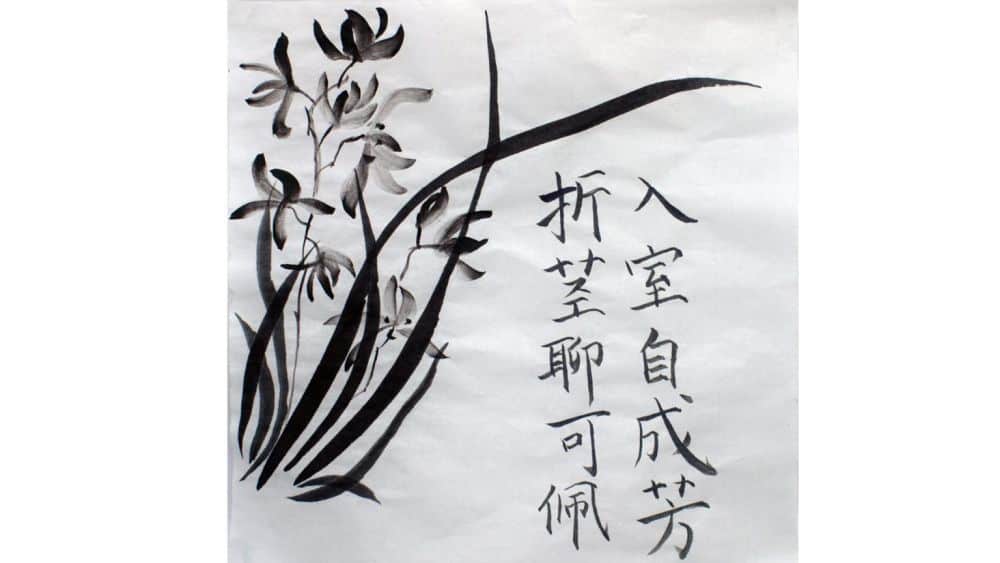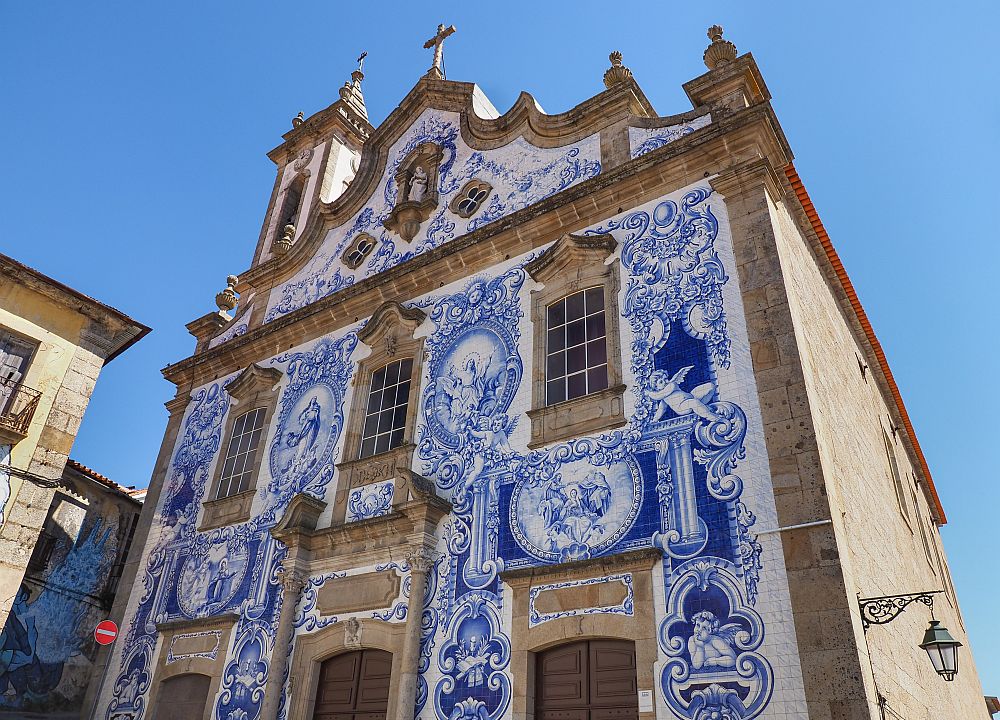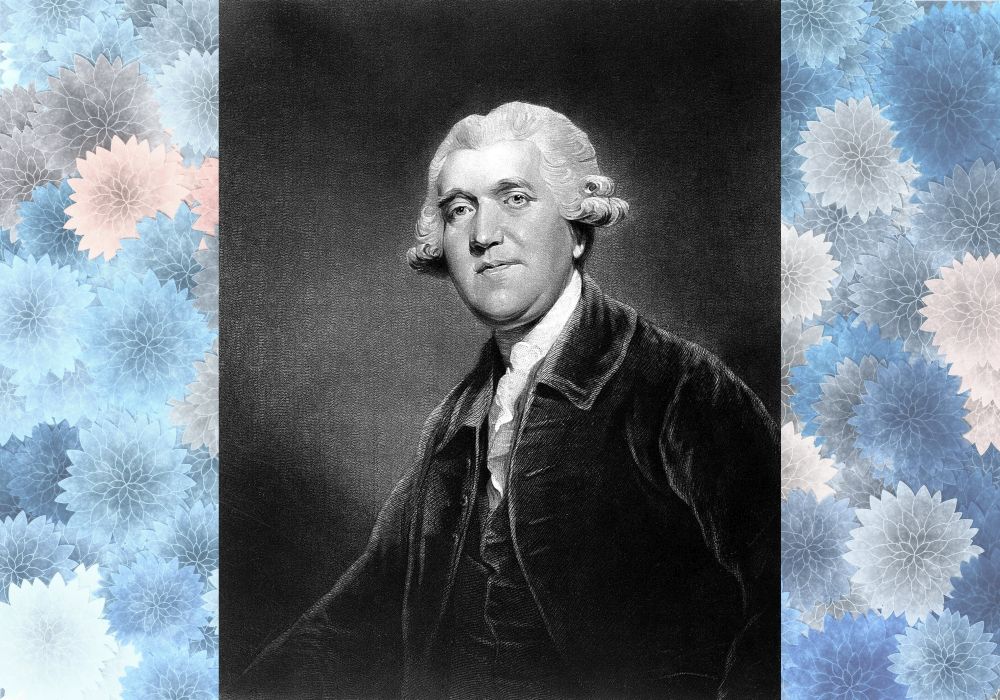
[Image above] Calligraphy created with MXene-based inks. The text in the picture can be translated as “An orchid boutonnière will enrich your presence with its pleasant fragrance.” Credit: A.J. Drexel Nanomaterials Institute
With their impressive electrochemical, mechanical, and thermal behaviors, MXenes have the potential to be the premier building block in future demanding ceramic engineering challenges.
MXenes are an ever-expanding field of 2D transition metal carbides and nitrides that were originally discovered by Drexel University researchers in 2011. In the past decade, investigations into their potential applications have covered everything from electrocatalysis to electromagnetic interference shielding to ultrahigh-temperature coatings, as detailed in the June-July 2022 Bulletin.
However, advanced applications are not the only use for these advanced materials, as a Drexel University researcher recently discovered.
Teng Zhang is a graduate engineering student in the A.J. Drexel Nanomaterials Institute led by Yury Gogotsi, Distinguished University and Charles T. And Ruth M. Bach Professor. In November 2022, Zhang took up Chinese calligraphy to connect with family members in China whom he has not seen since before the COVID-19 pandemic.
Chinese calligraphy is the writing of Chinese characters as an art form. It has been revered as a fine art for centuries in China, even before painting, due to the importance placed on the power of the word in Chinese culture.
Calligraphy ink is an important part of this ancient art form. It traditionally consists of lampblack (a black pigment made from soot), glue, and water. The glue helps the ink to adhere to the paper, plus helps to prevent bleeding and/or fuzzy edges. However, to achieve lighter-hued inks, diluting the ink is necessary. The ink can only be diluted so much before bleeding becomes unavoidable.
As a beginning calligrapher, Zhang struggled with his lighter shades bleeding through the paper. However, as an article in the Philadelphia Inquirer explains, he then remembered a curious detail from the lab.
“Whenever he wiped up small spills of MXene-based fluids, the dark blotches did not bleed on his paper towel, instead forming a tight circle. Why not try it as a calligraphy ink?” the Philadelphia Inquirer article states.
MXenes are hydrophilic (water-loving) materials. This property allows MXenes to be easily dispersed in many solvents, including water, and exhibit good adhesion to hydrophilic substrates, such as paper.
When Zhang attempted to write with MXene-based inks, he successfully produced Chinese characters with razor-sharp edges that dried with an attractive metallic sheen. When he and several other of Gogotsi’s students photographed the MXene calligraphy with an infrared camera, they found the MXene-based inks stayed cool even when the paper was placed onto a hot plate heated to 60°C (140°F).

The left picture shows the bleeding and fuzziness that occurs with traditional Chinese calligraphy ink with increasing dilution (from top to bottom), whereas the right picture with MXene-based inks shows sharp lines regardless of dilution. Credit: A.J. Drexel Nanomaterials Institute
Though the MXene-based inks may not revolutionize the field of calligraphy—many Chinese calligraphers are wedded to tradition, Zhang says—these bleed-free, electrically conductive inks may find use in other areas, such as for writing electrical circuits on flexible and printable materials.
Regardless of their wider usage, Gogotsi is pleased with Zhang’s unique application.
“It’s important for science, developing creativity,” he says in the Philadelphia Inquirer article. “Art and science are related.”
See more MXene calligraphy examples on the A.J. Drexel Nanomaterials Institute website.
Author
Lisa McDonald
CTT Categories
- Art & Archaeology
- Nanomaterials


